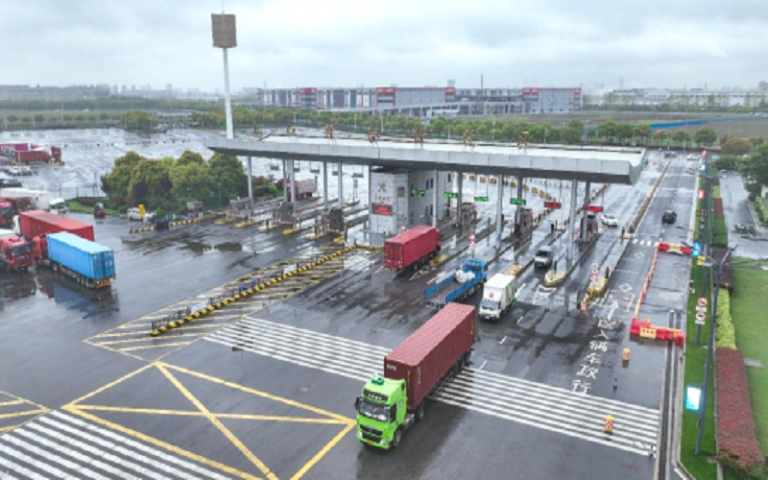
By Li Xinping, People’s Daily, On August 21, the General Office of the Communist Party of China Central Committee and the General Office of the State Council jointly issued a guideline to improve China’s market access system.
It is the first policy document issued at the central level in China specifically aimed at improving the market access system.
Market access system is one of the fundamental systems of a socialist market economy.
According to Guo Liyan, deputy head of the Economic Research Institute of China’s National Development and Reform Commission (NDRC), China’s market access system primarily consists of a national unified negative list for market access, and special measures for relaxed market access in key areas such as the Hainan Free Trade Port, Shenzhen, the Guangdong-Macao in-depth cooperation zone in Hengqin, and Guangzhou’s Nansha district. It also includes collection and reporting of typical cases that violate the market access negative list system, and assessment of market access policies and other institutional modules.
Currently, both Chinese domestic and international situations are undergoing profound and complex changes, placing higher demands on establishing a high-standard market system.
Besides, in the new round of technological revolution and industrial transformation, institutional innovation is urgently needed to promote better and faster development of new business models and emerging sectors.
To this end, the guideline proposed to build an open, transparent and rules-based market access system that will provide a level playing field, clearly define rights and responsibilities, and ensure effective oversight.
“This is the first time that China has formally clarified the goal and requirements for improving the market access system,” said Wang Chenwei, head of the Macroeconomy Research Office of the Economic System and Management Institute, NDRC.
The key to improving market access is to ensure that all types of entities can enjoy equal market access opportunities in accordance with the law, Wang explained.
In achieving equal market access, openness and transparency are the fundamental prerequisites, rules are the management requirements, a level playing field is the main purpose, and clearly defining rights and responsibilities and ensuring effective oversight are important guarantees.
Improving the negative list management model is an important part of the guideline. China’s negative list system allows all types of business entities to equally enter industries, fields, and businesses that are not forbidden by the list in accordance with the law, without the requirement for further government approval.
Since 2018, the negative list system for market access has been fully implemented in China. So far, China’s market access negative list has been revised three times, with the number of items reduced by 23 percent, from 151 in 2018 to the current 117.
According to the guideline, various market access management measures will be included in a national unified market access negative list, strictly prohibiting additional market entry permits or conditions outside the list.
The guideline said that China will strengthen the coordinated adjustments of market access policies for Chinese domestic and foreign investment. Guo called it a concrete measure for China to steadily expand institutional opening up and a response to the demand of society and enterprises.
“In sectors where restrictions on foreign investment have been lifted, there should not be unnecessary barriers for Chinese domestic investment; similarly, foreign investment must also comply with the same access management regulations as Chinese domestic investment,” Guo said.
One of the highlights of the guideline is its focus on new quality productive forces. The guideline said efforts should be made to improve the market environment for ten new business models and emerging sectors, including deep-sea exploration, aerospace, aviation, and healthcare.
Following the principles and pathways of standard-led development, open scenarios, market-driven approaches, industrial clustering, and system upgrades, sector-specific implementation plans shall be formulated to improve the market environment, which will promote innovative allocation of production factors and improve the efficiency of market access.
The guideline also called for the gradual removal of market access restrictions in the services industry. In services sectors that do not involve Chinese national security or social stability, and can rely on market competition to enhance the quality of supply, access restrictions should be gradually lifted. For industries such as education, healthcare, and sports that are related to people’s livelihoods, access restrictions shall be cautiously relaxed.
Guo pointed out that the services industry has the greatest market potential. By further removing restrictions in the access process of the services industry and eliminating explicit or implicit barriers, timely relaxation of market access for the services industry will create a favorable environment for investment, enabling businesses to invest with confidence and achieve good results. This will ultimately deepen the industrial transformation and upgrading in China.










